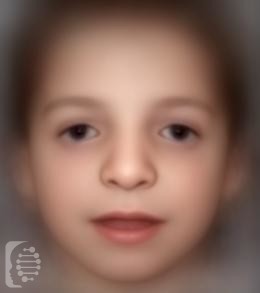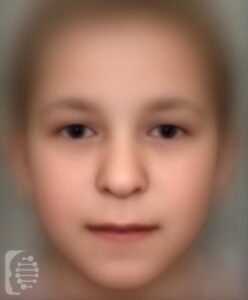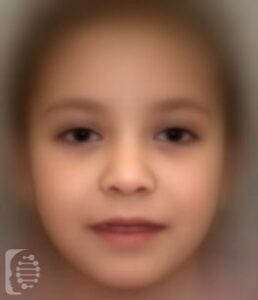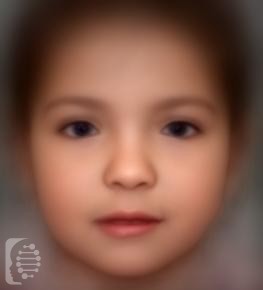
Tietz Albinism-Deafness syndrome (TADS)
Tietz Albinism syndrome is a rare congenital syndrome that presents with hearing loss, fair skin, and very light-colored hair. This syndrome is also known as:Albinism-deafness; Albinism-deafness of Tietz; Hypopigmentation/deafness of Tietz; Tietz syndrome Changes in the MITF gene are responsible for causing the syndrome. The syndrome is inherited in an autosomal dominant pattern. Possible clinical […]






